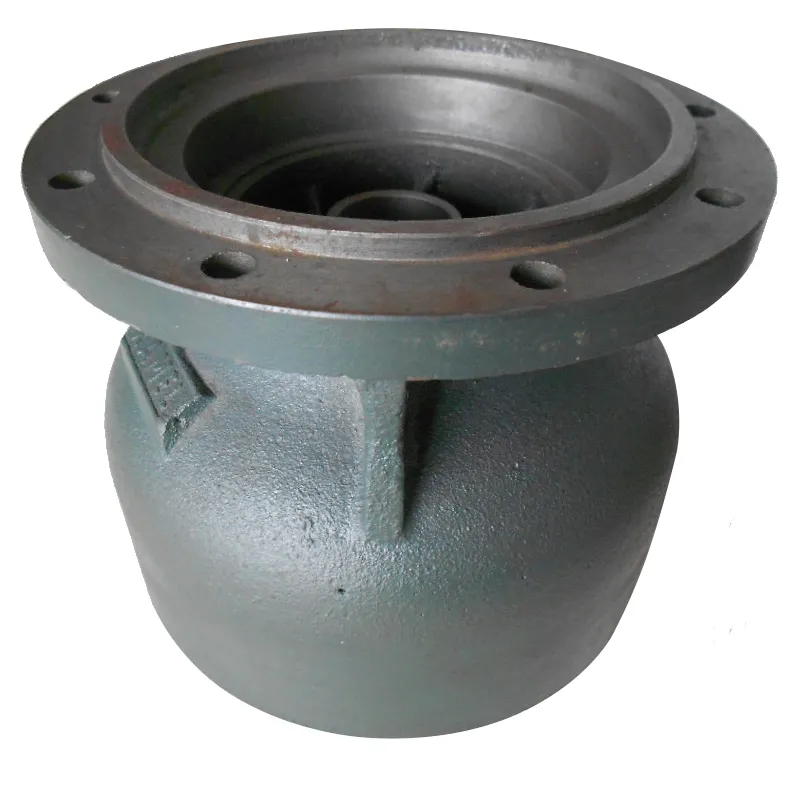Mobile:+86-311-808-126-83
Email:info@ydcastings.com
cnc machining
Understanding CNC Machining A Revolution in Manufacturing
CNC machining, or Computer Numerical Control machining, has transformed the way parts and components are manufactured across various industries. This advanced manufacturing process utilizes computer-controlled tools to carve, cut, and shape material into desired specifications with remarkable precision and consistency. As the demand for high-quality products increases, CNC machining has become an indispensable technology for manufacturers around the globe.
One of the primary advantages of CNC machining is its ability to produce intricate designs that would be challenging or impossible to achieve through traditional manufacturing methods. Utilizing Computer-Aided Design (CAD) software, engineers can create detailed 2D or 3D models of the components they wish to manufacture. These models are then translated into numerical codes that the CNC machines understand, allowing for the automated execution of highly complex machining tasks.
Understanding CNC Machining A Revolution in Manufacturing
Precision is at the heart of CNC machining and is one of its most appreciated attributes. Traditional machining methods rely heavily on the operator's skill, which can lead to variations in quality and tolerance levels. In contrast, CNC machining ensures that each piece manufactured meets strict specifications consistently. These machines can achieve tolerances of as tight as ±0.001 inches, which is critical for applications where precision is paramount, such as in aerospace components or medical devices.
cnc machining

In addition to precision, CNC machining also significantly enhances productivity. Once a design has been finalized and programmed into the CNC machine, production can commence with minimal human intervention. This automation not only speeds up the manufacturing process but also reduces the likelihood of human error. As a result, manufacturers can scale their operations more efficiently to meet market demand.
Furthermore, CNC machining is a cost-effective solution for both low-volume and high-volume production runs. For low-volume custom parts, the initial investment in CNC programming and setup can be offset by the high quality of the finished product. Conversely, for high-volume runs, the ability to produce parts rapidly without sacrificing quality allows manufacturers to reduce costs per unit significantly.
As we embrace the future of manufacturing, the integration of CNC machining with emerging technologies such as 3D printing and advanced robotics is paving the way for even more innovative solutions. These technologies can work collaboratively to streamline production processes, reduce waste, and enhance product customization.
In conclusion, CNC machining stands as a cornerstone of modern manufacturing, offering unparalleled precision, versatility, and efficiency. As industries continue to evolve and demand higher quality and more customized products, CNC machining will remain a vital player, driving innovation and productivity. As manufacturers invest in CNC technology, they not only improve their production capabilities but also position themselves to meet the challenges of tomorrow’s manufacturing landscape. For those looking to stay competitive, embracing CNC machining is not just an option; it has become a necessary strategy in an increasingly complex market.
-
Why Should You Invest in Superior Pump Castings for Your Equipment?NewsJun.09,2025
-
Unlock Performance Potential with Stainless Impellers and Aluminum End CapsNewsJun.09,2025
-
Revolutionize Your Machinery with Superior Cast Iron and Aluminum ComponentsNewsJun.09,2025
-
Revolutionize Fluid Dynamics with Premium Pump ComponentsNewsJun.09,2025
-
Optimizing Industrial Systems with Essential Valve ComponentsNewsJun.09,2025
-
Elevate Grid Efficiency with High-Precision Power CastingsNewsJun.09,2025











